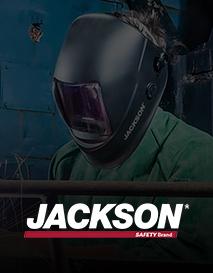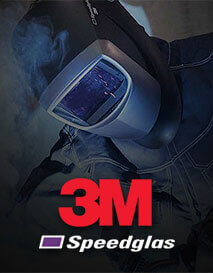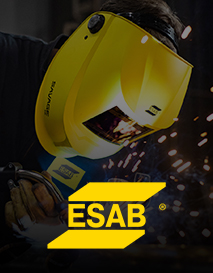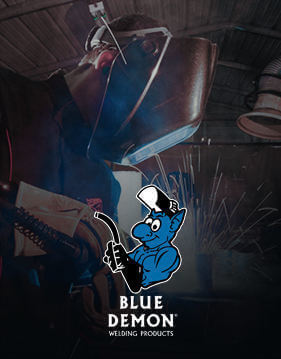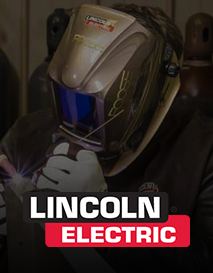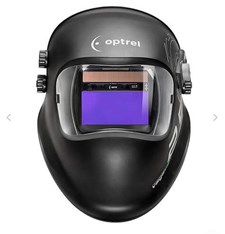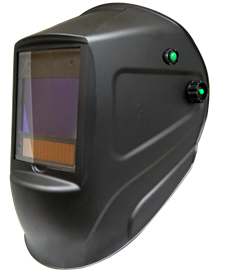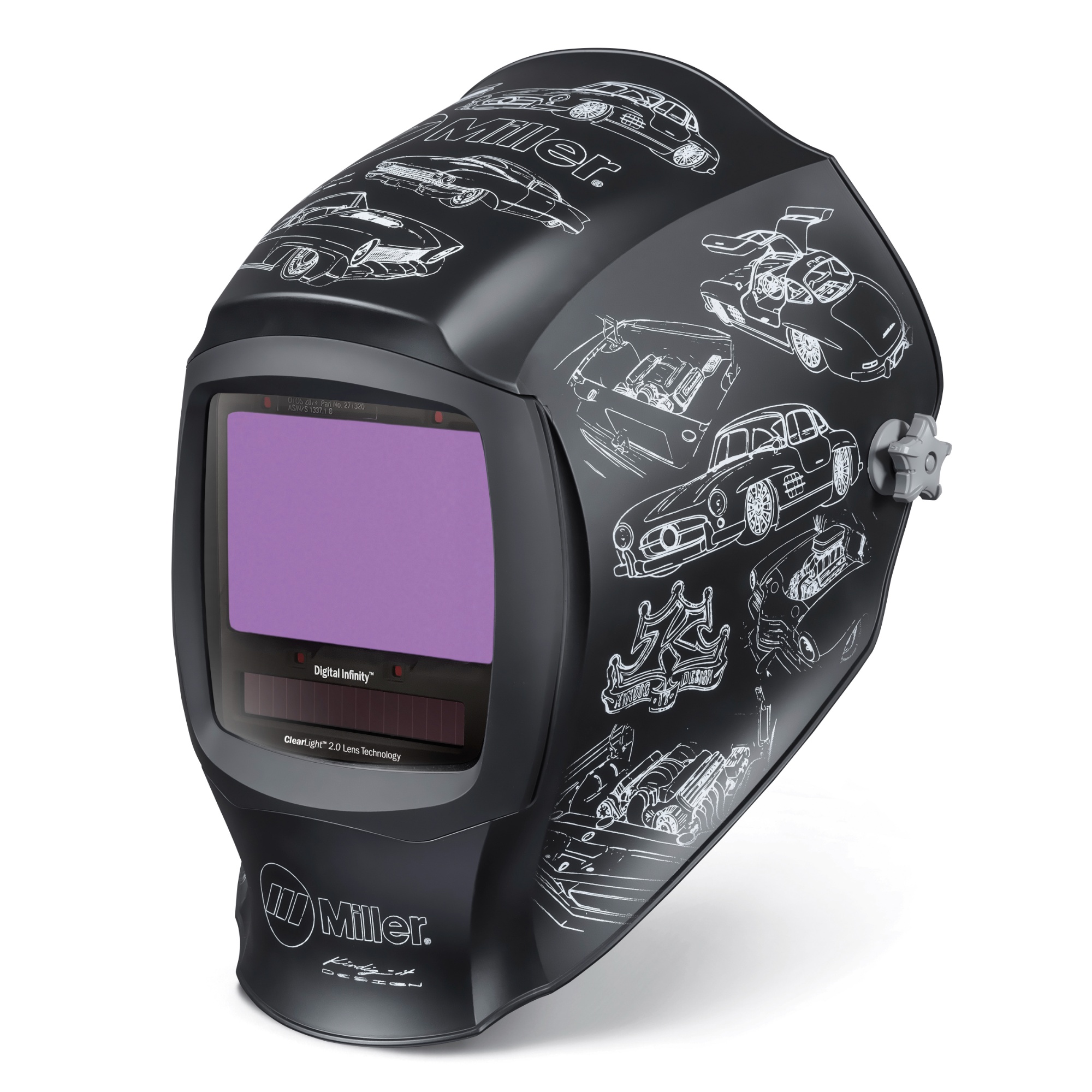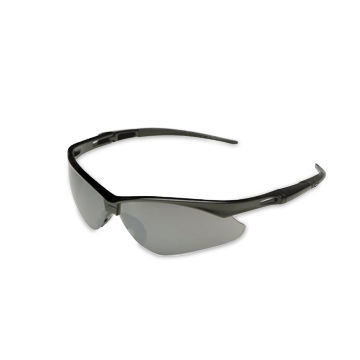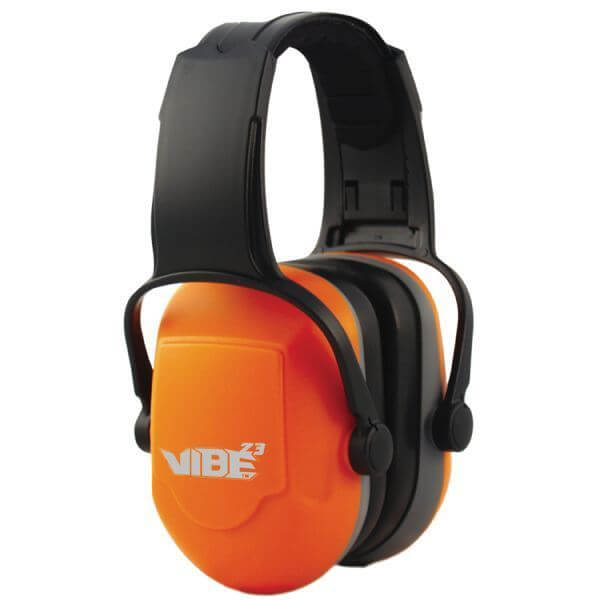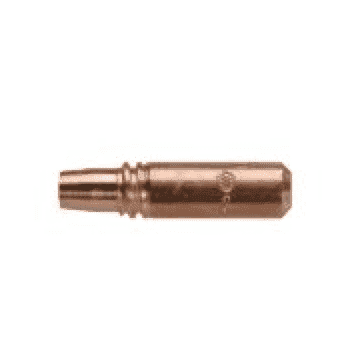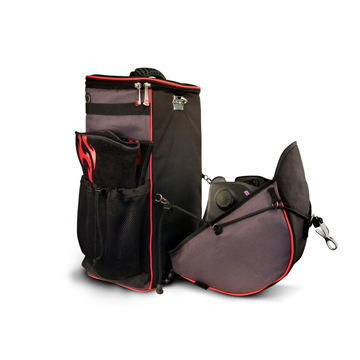131 Welding Helmets Starting at $44.94
Explore a wide range of welding helmets from trusted brands like Miller, Lincoln Electric, Jackson, and 3M. Our helmets offer adjustable shades from 3 to 14, ensuring you find the perfect fit for your welding needs. Shop now for unbeatable prices and enjoy free shipping on orders over $300. See our Best Helmets of 2025 Guide for guidance in choosing your next welding helmet.
 Lincoln Welding Apparel
OMNIShield® XCF PAPR Face Shield System w/ Back Pack Mount #K5324-2
Lincoln Welding Apparel
OMNIShield® XCF PAPR Face Shield System w/ Back Pack Mount #K5324-2
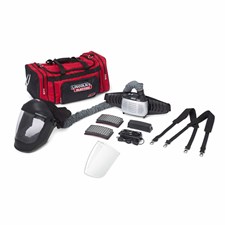 Lincoln Welding Apparel
OMNIShield® XC PAPR with Belt Mount - K5323-1
Lincoln Welding Apparel
OMNIShield® XC PAPR with Belt Mount - K5323-1
 Lincoln Welding Helmets
OMNIShield® XCF PAPR Face Shield System w/ Belt Mount #K5324-1
Lincoln Welding Helmets
OMNIShield® XCF PAPR Face Shield System w/ Belt Mount #K5324-1
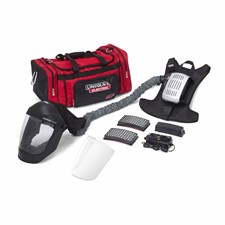 Lincoln Welding Helmets
OMNIShield® XC PAPR Welding Face Mask w/ Back Pack Mount #K5323-2
Lincoln Welding Helmets
OMNIShield® XC PAPR Welding Face Mask w/ Back Pack Mount #K5323-2
 Lincoln Welding Helmets
FGS® PAPR - Welding Helmet Assembly #KP4474-1
Lincoln Welding Helmets
FGS® PAPR - Welding Helmet Assembly #KP4474-1

 Lincoln Welding Helmets
VIKING™ 3350 Steampunk™ Auto-Darkening Welding Helmet #K3428-4
11 purchased
Lincoln Welding Helmets
VIKING™ 3350 Steampunk™ Auto-Darkening Welding Helmet #K3428-4
11 purchased
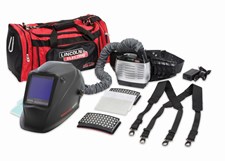 Lincoln Welding Helmets
VIKING 3350 XG PAPR Welding Helmet System, Extended Battery #K3930-6
3 purchased
Lincoln Welding Helmets
VIKING 3350 XG PAPR Welding Helmet System, Extended Battery #K3930-6
3 purchased


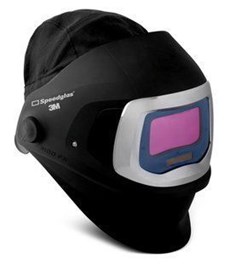
 Miller Electric
OptX™ Laser Welding Helmet, Carbon Fiber #301829
1 purchased
Miller Electric
OptX™ Laser Welding Helmet, Carbon Fiber #301829
1 purchased
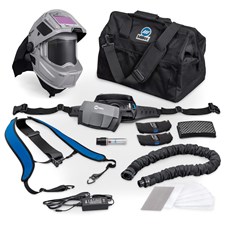 Miller Safety Equipment
PAPR II T94i-R™ Welding Helmet, Complete System #292754
Miller Safety Equipment
PAPR II T94i-R™ Welding Helmet, Complete System #292754

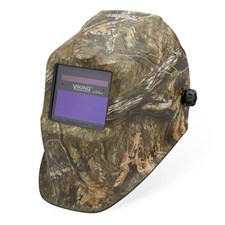 Lincoln Electric
VIKING™ 1740 Mossy Oak Country DNA™ Welding Helmet #K5241-3
1 purchased
Lincoln Electric
VIKING™ 1740 Mossy Oak Country DNA™ Welding Helmet #K5241-3
1 purchased
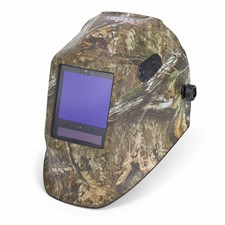
 Lincoln Welding Helmets
VIKING™ 3350 ADV Mossy Oak® Country DNA® Welding Helmet #K5423-5
Lincoln Welding Helmets
VIKING™ 3350 ADV Mossy Oak® Country DNA® Welding Helmet #K5423-5
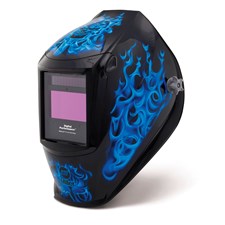
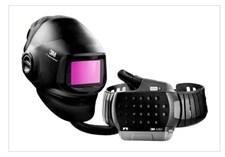 3M
3M™ Speedglas™ Heavy-Duty Welding Helmet G5-01 w ADF G5-01 and 3M™ Adflo™ High-Altitude PAPR Assembl…
8 purchased
3M
3M™ Speedglas™ Heavy-Duty Welding Helmet G5-01 w ADF G5-01 and 3M™ Adflo™ High-Altitude PAPR Assembl…
8 purchased
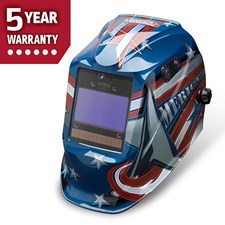
 Lincoln Welding Helmets
VIKING™ 2450 ADV Series Auto-Darkening Welding Helmet, All American® #K3174-5
3 purchased
Lincoln Welding Helmets
VIKING™ 2450 ADV Series Auto-Darkening Welding Helmet, All American® #K3174-5
3 purchased

 Lincoln Welding Helmets
VIKING™ 3350 Polar Arc™ Auto-Darkening Welding Helmet #K3255-4
1 purchased
Lincoln Welding Helmets
VIKING™ 3350 Polar Arc™ Auto-Darkening Welding Helmet #K3255-4
1 purchased
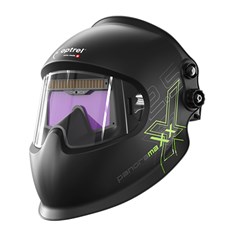
How do Welding Helmets Work?
Welding helmets protect welders from harmful light, heat, and debris. Most modern helmets feature auto-darkening filters that automatically adjust the lens shade in response to the bright arc created during welding. The lenses offer adjustable shades, typically ranging from 3 to 14, ensuring optimal visibility and protection based on the welding process. Additionally, helmets often come with adjustable headgear for comfort and may accommodate respiratory protection systems, enhancing safety during welding operations.
How Much Does a Welding Helmet Cost?
Our inventory of welding helmets ranges from $44 to $2,899 in price. Various cost factors include the brand, features, capabilities, and quality of the helmet.
Popular Welding Helmet Brands
When selecting a welding helmet, it's essential to consider the brand's reputation for quality and safety. Here are some of the top brands known for their reliable welding helmets:
- Miller: A trusted name in welding, Miller offers a wide range of helmets known for their durability, comfort, and high-quality materials.
- Lincoln Electric: Renowned for their robust helmets, Lincoln Electric provides excellent protection and innovative features tailored for various welding applications.
- 3M Speedglas: Known for their advanced technology and ergonomic designs, 3M Speedglas helmets prioritize comfort while ensuring maximum protection during welding tasks.
- Jackson Safety: Offering a variety of helmets at competitive prices, Jackson Safety combines solid features with reliable performance, making them a popular choice among welders.
- ESAB: Recognized for their high-quality welding helmets, ESAB provides options with superior clarity and innovative designs for enhanced user safety.
- Optrel: Optrel helmets stand out for their unique technology and features that cater to both professional and hobbyist welders, providing exceptional protection and comfort.
Welding Helmet Applications
Our extensive range of welding helmets caters to various applications, ensuring you find the perfect fit for your specific needs. Explore helmets designed for the following tasks:
- Grinding (Shade 3): Ideal for general fabrication prep work and weld cleanup, these helmets provide clear visibility while protecting against sparks and debris.
- Plasma Cutting (Shade 5): Offers balanced protection from bright plasma arcs while maintaining visibility of your cutting line, making it perfect for precision cuts.
- Oxyfuel Welding (Shade 3-6): With adjustable settings for different torch work, these helmets protect your eyes while allowing you to see temperature colors clearly during heating, brazing, and cutting.
- Low-Amp Welding (Shade 5-8): Designed for TIG welding thin materials and low amperage applications, these helmets offer the visibility needed for precise torch control and puddle observation.
- General Welding (Shade 9-12): Suitable for common welding tasks, including MIG and stick welding, these helmets provide standard protection for everyday fabrication work.
- High-Amp Welding (Shade 13-14): Deliver maximum protection for high-current applications, such as pipeline work or heavy plate welding, guarding against intense arc flash in industrial settings.
Welding Helmet Accessories
Welding helmet accessories are essential for maintaining protection and performance over time. When parts wear out or require replacement, consider the following:
- Replacement Lens: The primary lens that provides visibility. Replace it if you notice any issues with clarity or response time.
- Cover Lens: Protects the main lens from spatter and scratches. Replace when visibility becomes compromised.
- Sweatband: Absorbs perspiration for comfort during long welding sessions. Change regularly to maintain hygiene.
- Headgear/Ratchet: Ensures a secure fit and stability. Replace if the straps become loose or the ratchet mechanism fails.
- Battery Pack: Powers features such as auto-darkening. Keep spare batteries on hand and replace when performance declines.
- Side Windows: Additional protective plates for peripheral vision. Replace if cracked or damaged.
- Magnifying Lens: An optional clip-in lens for detailed work. Clean regularly and replace if scratched or cloudy.
How to Find the Best Welding Helmet
Whether you’re a welding professional or a hobbyist, choosing the right welding helmet is one of the most important decisions you’ll make. Welding helmets must provide adequate protection to your face and eyes while remaining comfortable enough to wear throughout the welding process. So what sets welding helmets apart? Welding helmets are differentiated mainly by price, shade style, comfort and style. See our 2025 Helmet Selection Guide for guidance in choosing your next welding helmet.

Auto-darkening Vs Passive Shade Helmets
The primary difference between passive shade welding helmets and auto-darkening helmets is the lens. With a passive shade helmet, the colored glass doesn’t lighten or darken, while auto-darkening helmets have lenses that automatically darken when you start your torch and turn clear when you shut it off.
Traditional Passive Shade Helmets
Many professional welders favor a traditional helmet with a glass lens and fixed shade. These traditional passive lens helmets provide inexpensive protection. But every time you want to examine your welds you have to lift the helmet, then re-position and secure it when you flip it down. It's a quick and simple movement, but multiplied by hundreds of times over the course of a day and it can use up a lot of time and energy and put a strain on your neck.
Auto-Darkening Helmets
Auto-darkening helmets not only protect against harmful light emissions, but the helmet’s shade easily changes back and forth between light and dark states without having to lift or completely remove the helmet. They're comfortable and come in a wide range of colors and graphics, so you can bring a bit of personality to work with you. Panoramic auto-darkening helmets add another layer of comfort and efficiency with a 180° field of view.
| Passive Shade Helmets | Auto-Darkening Helmets | |
|---|---|---|
| Pros |
|
|
| Cons |
|
|
| Examples |
Two Great Passive Shade Helmet Options: |
Two Great Auto-Darkening Helmet Options: |








